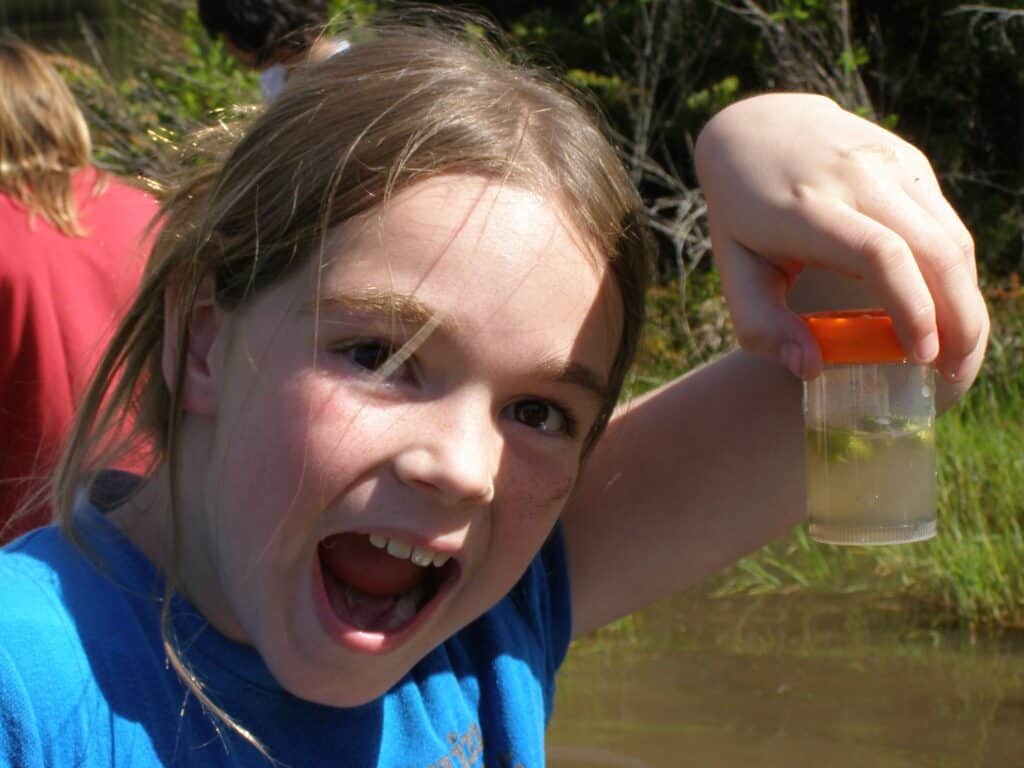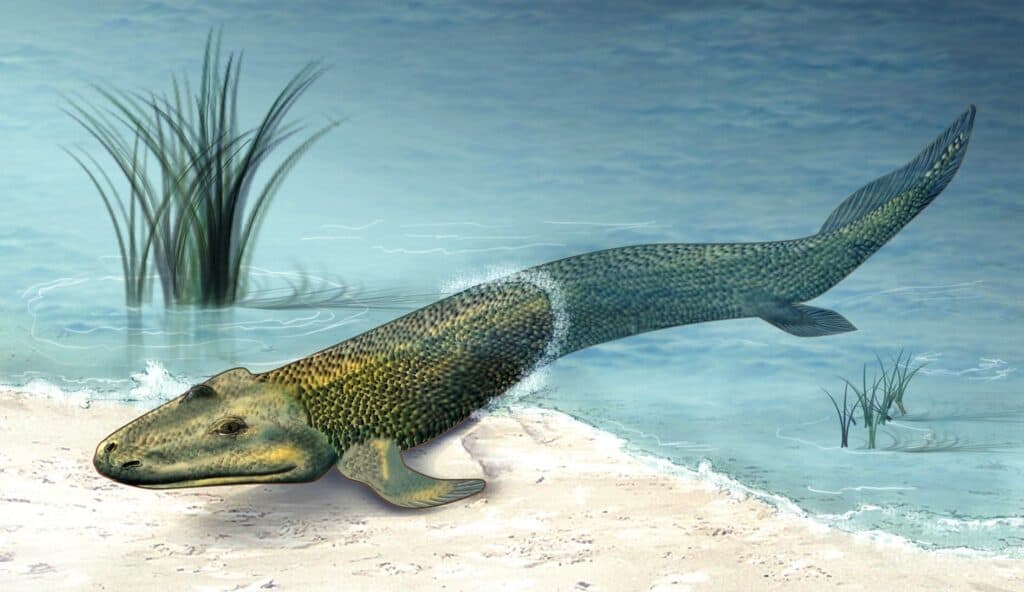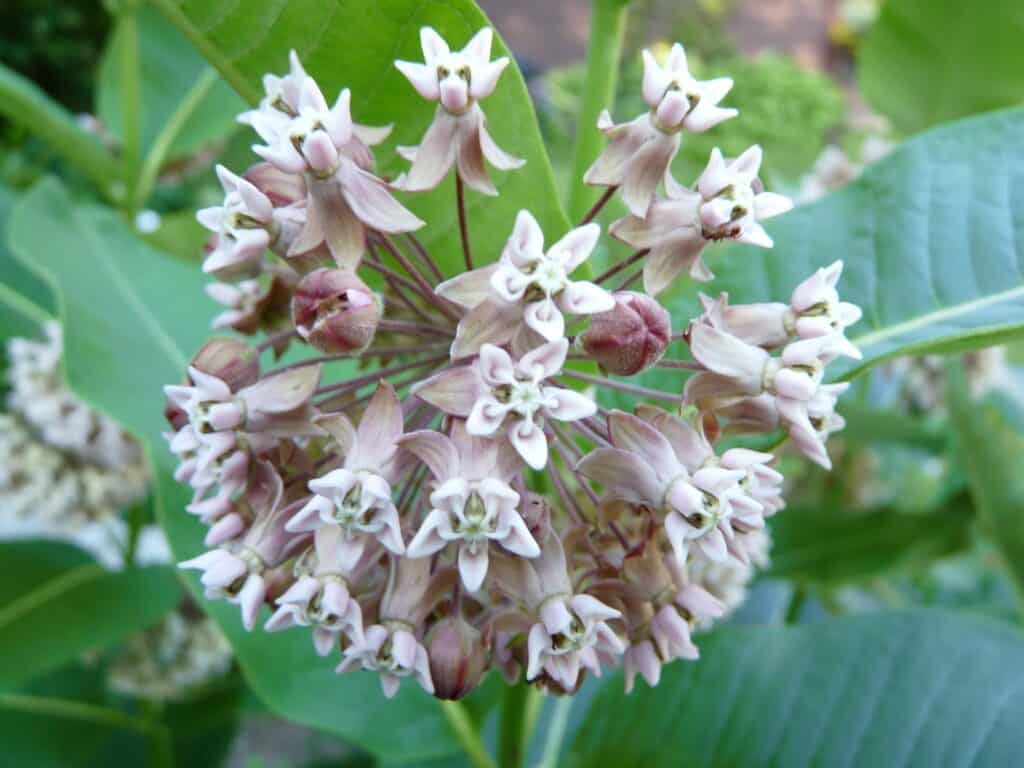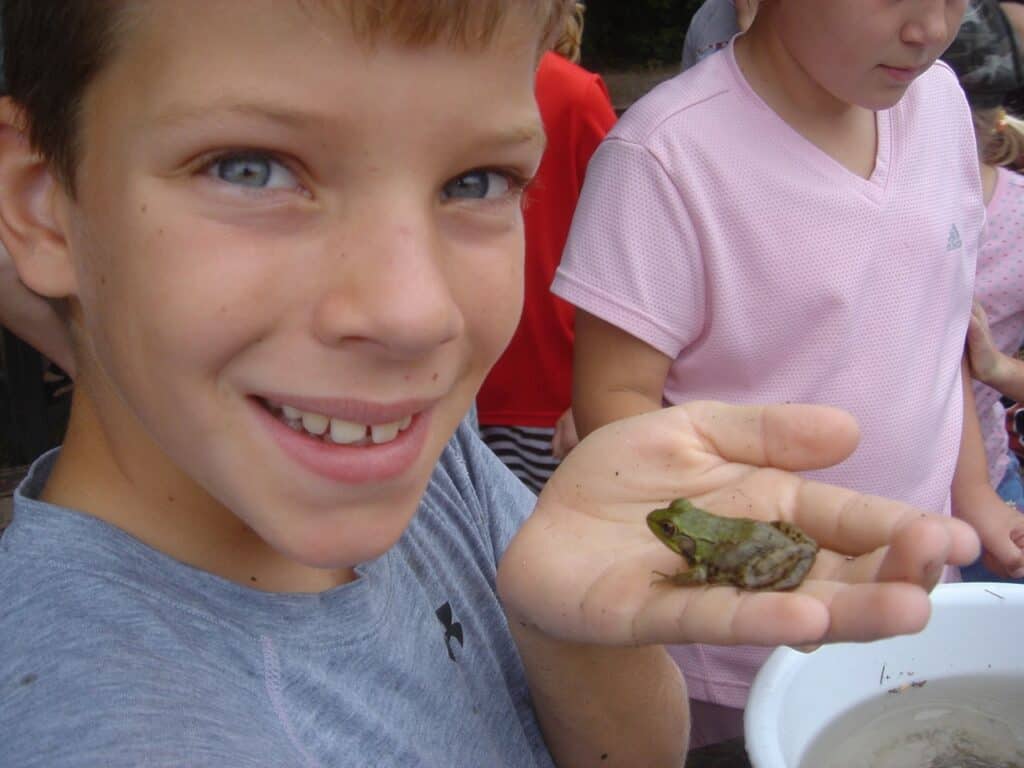Engaging activities to help kids grasp the basics of evolution
The real voyage of discovery consists not in seeking new landscapes but in having new eyes. Marcel Proust
One of the greatest gifts you can give children is a sense of wonder in the natural world. At the same time, they need to understand that everything in nature can be explained by science. If you’re a parent, you already know that kids make great amateur scientists. They love to ask “why” questions. “Why is the monarch butterfly so colourful? Why does it migrate? Thanks to Charles Darwin and his theory of evolution, we now understand that questions such as these all have an evidence-based answer.
Even though a full understanding of the mechanisms of evolution requires knowledge of genetics, children can usually grasp the essential components by age seven or eight. In a nutshell, evolution can be explained to children like this: 1. All creatures struggle to survive and have babies, but many fail. 2. Individuals in a population of the same species can vary somewhat in their traits. 3. Creatures born with a more helpful trait (e.g., a slightly longer bill) are more likely to survive and have babies. We call this natural selection. 3. Parents pass on the useful traits to their young. 4. Over time, these new traits can lead to a new species – one that can only have babies with its own kind.
As parents, grandparents, and teachers look for engaging things for kids to do during the pandemic, I’d like to propose a few activities on evolution from “The Big Book of Nature Activities”, which I co-wrote with Jacob Rodenburg. We’re confident that they will be fun and instructive for adults, as well.
Small changes
This activity shows how small changes over time make a big difference. Quickly draw a simple bug on the first page of a stack of paper. Pass the paper on to another person who draws the original as exactly as they can. The original is then moved to the bottom of the stack. Have them pass their copy (drawing two) to the next person who will try to reproduce the bug again. Move drawing two to the bottom of the stack. Do this at least six times. Compare the original to the “evolved” bug. Was there much of a difference? All it takes is a small change (mutation) in each generation to create huge change over time. Think of how birds evolved from dinosaurs!

Meet the Beast Within You
In this activity, kids will learn about our remnant body parts and behaviors that link us to our distant past. Our bodies still carry dozens of reminders of how we used to be millions of years ago.
Ask the kids to try the following: 1. Feel their coccyx at the bottom of their backbone. It is the remnant of a lost tail. 2. Using a mirror, look at their canine teeth. They were very useful to early humans for tearing tough flesh. If you have a dog or cat, check out its canines, too. 3. Once again with a mirror, have them make a big, toothy smile. Smiles were a way for early humans to scare away an enemy. Their meaning has changed! 4. Ask if anyone can wiggle their ears? Early humans could do this to help with hearing, just like dogs today. Some people can still do it. 5. Have them put their arm in cold water until goose bumps appear. These bumps were the body’s way to erect the thick fur we once had. This made us look larger and more ferocious.
Toilet Paper Timeline
One of the hardest things for humans to grasp is the concept of evolutionary time and numbers like a million or a billion. Counting can be helpful here. Ask the child to count to 100. This might take 30 seconds if they count quickly. At that rate, counting to 1,000 takes about 5 minutes, to 100,000 is equivalent to a day’s work (10 hours), to a million takes two weeks work, to 100 million takes five years work, and to a billion takes a whole working life. Imagine how long a billion years is!
Here is a fun way to help children visualize the massive amount of time that life on Earth has had to evolve. You’ll need a roll of toilet paper of 450 sheets (tear off 50 from a roll of 500), sticky notes, and a long hall or open area outdoors. Explain that Earth is about 4.5 billion years old and that life first emerged about 3.5 billion years ago. You might add that we don’t yet fully understand how life began, but scientists are getting closer to the answer.
If you are going outside, choose a calm day. Unroll the entire roll of toilet paper. Each square represents about ten million years. Write down each milestone (see below) on a sticky note. Attach the sticky notes to the squares indicated. Take the kids on a walk along the timeline and discuss as you go. Maybe bring along a tablet to show pictures of the species and events in the timeline. Be enthusiastic and use the language of wonder. Note: BYA = billion years ago; MYA = million years ago.
4.5 BYA: Earth is formed, along with the other planets (square 1), 3.7 BYA: Earth’s crust solidifies (square 80), 3.5 BYA: first life appears in oceans (square 100), 3.25 BYA: photosynthesis begins in oceans (square 125), 1.9 BYA: first cells with nuclei appear in oceans (square 310), 650 MYA: first multicellular organisms appear (square 385), 500 MYA: first life on land appears (square 400 ), 375 MYA: Tiktaalik appeared and was like a cross between a fish and the first four-legged animals (square 413), 250 MYA: massive volcanic eruption kills 96 percent of all life on Earth (square 425), 245 MYA: Age of Dinosaurs begins (square 426), 200 MYA: first mammals appear (square 430), 150 MYA: supercontinent Pangea breaks up and continents drift apart (square 435), 65 MYA: asteroid impact ends Age of Dinosaurs and kills 70 percent of all life (square 444), 3.5 MYA: first early humans appear in Africa (last square, 4 cm from the end), 100,000 years ago: first Homo sapiens, our species, appears (last square, 1 mm from end), 10,000 years ago: recorded human history begins (last square, 0.1 mm from end)
Afterwards, discuss questions such as: How long, relative to the Earth’s history, have humans be here? How might this timeline help us see wonder in nature?

See your DNA
Believe it or not, it’s easy to see your own DNA, the “recipe” that makes you. Mix a half-quart (500 ml) of drinking water with 1 tbsp (45 g) of salt, and stir until salt is dissolved. Transfer 3 tbsp (14 ml) of salt water into a clear glass. Swirl the salt water around in your mouth for 1 minute. Spit the water back into the glass. Cheek cells will be suspended in the salt water. Gently stir the salt water with one drop of clear dish soap. In a separate glass, mix 7 tbsp (105 g) of isopropyl alcohol and 3 drops of food coloring. Tilt the salt-water cup and gently pour the alcohol–food color mixture so that it forms a layer on top (about 1 in. /2 cm thick). 8. Wait two or three minutes. You should see small white clumps and strings forming. That’s your DNA!
An adaptations scavenger hunt (side-bar)
Over billions of years, special adaptations have evolved to help plants and animals survive and reproduce. These include adaptations for attracting a mate (AM), defending a breeding site (DBS), defending themselves or escaping predators (DP), camouflage from predators (CP), communicating danger (CD), finding food (FF), and, in the case of plants, evolving ways to attract pollinators (AP), guide pollinators to nectar (GN), spread their seeds by the wind or by an animal (SS), and receive more light for photosynthesis (RL).

Here are some common adaptations for children to look for. Afterwards (or even during the scavenger hunt), ask them what purpose the adaptation might serve. Encourage them to point out other probable adaptations that they see.
___ Brightly colored flowers (AP)
___ Flowers with a strong scent (AP)
___ Flowers with lines or spots on petals (GN)
___ Bright berries (SS)
___ A plant with thorns (DP)
___ Tiny, light seeds like those of a dandelion (SS)
___ Winged seeds like those of a maple (SS)
___ A vine (RL)
___ Big-leafed plant in shade (RL)
___ Squirrel flicking its tail (CD)
___ A brightly colored male bird (AM)
___ Male birds singing (AM, DBS)
___ A brown, green, or spotted frog (CP)
___ A green insect on a plant (CP)
___ A flying insect (DP, FF)

CLIMATE CRISIS NEWS
Christina Figueres, who headed up the UN climate change convention that achieved the 2015 Paris Agreement, wrote the following in The Guardian on June 1. “The recovery packages designed and implemented by governments to rescue the ailing global economy could rise as high as 20 trillion dollars over the next 18 months. The scale of this stimulus will shape the contours of the global economy over the next decade, if not longer. This is precisely the decade when climate scientists have warned global emissions will need to be cut by half in order to reach a sustainable trajectory. In the midst of the crisis wreaked by the pandemic is an opportunity: to ensure rescue packages don’t merely recover the high carbon economy of yesterday, but help us build a healthier economy that is low on carbon, high in resilience and centred on human well-being.”